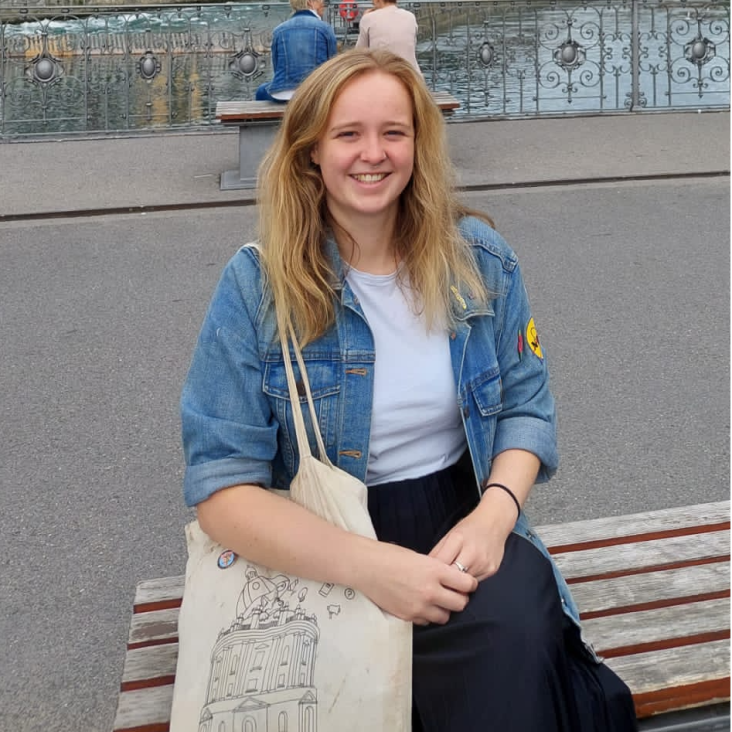Design of the ECCE detector for the Electron Ion Collider
Nuclear Instruments and Methods in Physics Research Section A: Accelerators, Spectrometers, Detectors and Associated Equipment Elsevier 1073 (2025) 170240
Abstract:
The EIC Comprehensive Chromodynamics Experiment (ECCE) detector has been designed to address the full scope of the proposed Electron Ion Collider (EIC) physics program as presented by the National Academy of Science and provide a deeper understanding of the quark–gluon structure of matter. To accomplish this, the ECCE detector offers nearly acceptance and energy coverage along with excellent tracking and particle identification. The ECCE detector was designed to be built within the budget envelope set out by the EIC project while simultaneously managing cost and schedule risks. This detector concept has been selected to be the basis for the EIC project detector.Real particle physics analysis by UK secondary school students using the ATLAS Open Data: an illustration through a collection of original student research
European Physics Journal Plus Springer 139:9 (2024) 781
Abstract:
Since the 2020 release of 10 fb−1 of integrated luminosity of proton–proton collision data to the public by the ATLAS experiment, significant potential for its use for youth engagement in physics and citizen science has been present. In particular, this article aims to address whether, if provided adequate training and resources, high school students are capable of leveraging the ATLAS Open Data to semi-autonomously develop their own original research projects. To this end, a repository of interactive Python Jupyter notebook training materials was developed, incrementally increasing in difficulty; in the initial instalments no prior knowledge of particle physics or Python coding is assumed, while in the latter stages students emulate the steps of a real Higgs boson search using ATLAS data. This programme was implemented in secondary schools throughout the UK during the 2022/23 academic year and is presented in this article through a collection of research projects developed by a selection of participating students.Real particle physics analysis by UK secondary school students using the ATLAS Open Data: an illustration through a collection of original student research
European Physical Journal Plus Springer 139:9 (2024) 781


